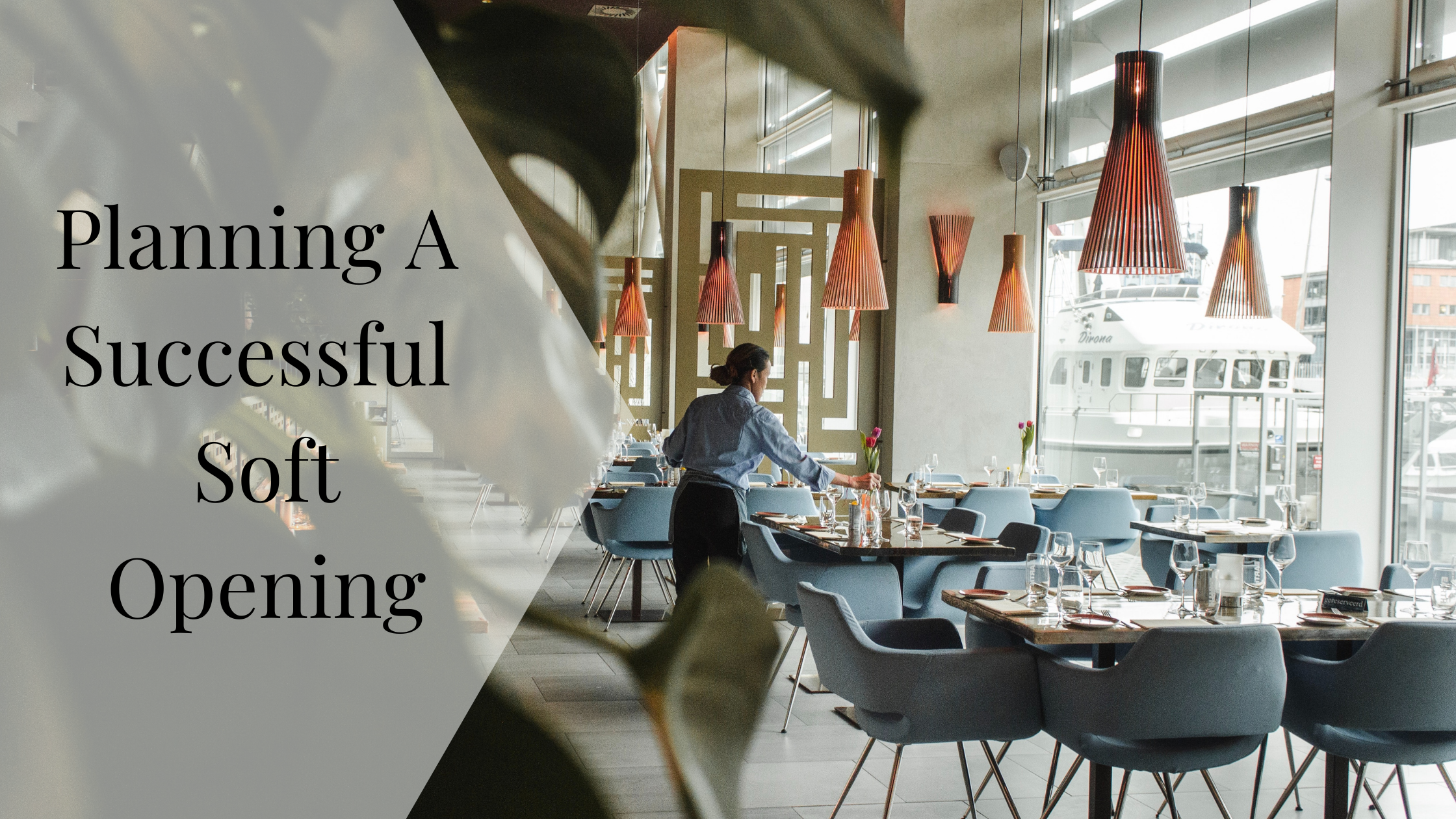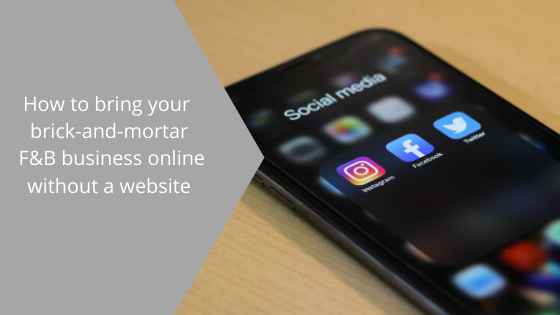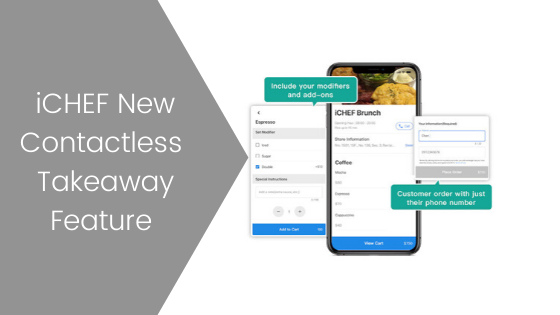Every restaurant owner knows they have to invest both time and money in marketing if they want their business to grow. Big restaurants and cafes don’t have an issue with spending a lot on marketing, because they have entire marketing departments at their disposal and can afford to spend thousands to launch a campaign. Small F&B businesses, on the other hand, have limited time and a tight budget, so enhancing their brand image can sometimes be extremely challenging.
Marketing on a small budget is possible, as long as you are strategic about what you spend your money on. Instead of waiting for more capital to flow into your business, build an effective marketing strategy from the ground up. Several low-cost marketing methods will help you build your company image up and give you a chance to promote it effectively.
We’ve compiled a list of the few things you can do to help your F&B business stand out from the crowd, make it memorable and get your customers’ attention without breaking your budget.
Engage In Email Marketing Campaigns
Marketing is as much about retaining the customers you have, as it is about attracting new ones. Use your small business software like your POS system if it is equipped with a CRM (Customer Relationship Management) feature to build a database of customers to be included on an email distribution list. This is a great way to build a community, keep your brand relevant and keep customers coming back for more.
Picture Credit: Inside Scoop
The trick to creating a successful newsletter is to make sure there is a mix of engaging, original content, and exclusive offers. For instance, you can offer a mini free scoop of ice-cream with any purchase of a normal scoop of ice-cream. This would be an offer exclusive to your email subscribers. Or customers on your mailing list get special previews to new promotions and bonus gifts for early purchases.
Cash in on coupons
Coupons are an inexpensive way to reach out to customers, who are always looking for ways to get a better deal. Even cheaper, are coupons created online and emailed to customers. You can offer coupon such as “buy-one-get-one-free” because customers are more willing to spend to receive rewards. You can also hand out coupons the first few months of opening, to encourage your customers to come back.
Picture Credit: Oh Cha Matcha
Join social media
According to Broadband Search, people spend 144 minutes on social media on average per day. The amount of time people spends on social media each day continues to increase since 2012. Since Instagram launched advertising on its platform in 2015, Instagram ads have driven more than one billion user actions. And just last year, it more than doubled its advertiser base in six months to 500,000 advertisers. By doing targeted ads on Instagram it can help minimize wasted advertising by using detailed information about individuals who are intended for a product. Instagram ads use Facebook’s advertising system, which has probably the most powerful targeting ability. You can specify your target audience’s location, demographics, interests, behaviours, and more. You can even target people who have bought from you or interacted with you and others like them.
Marketing guru Neil Patel says he believes in the rule of seven. The rule of seven quite simply states that it takes an average of seven interactions with your brand before a purchase will take place. Meaning the average consumer would need to see your brand 7 times before they go ahead and make a purchase as people may not remember your brand after seeing it for the first time. This means that you need to be consistent with your social media ads, perhaps promoting your post or page for a longer period of time because Instagram will display your ads to your target audience multiple times.
You can also try different ad copy and visuals for the same campaign to introduce more variety and reinforce your brand at the same time. An advanced way to allow your target audience to see your brand minimally 7 times is to use retargeting. The more consistent you are with your post the more likely for customers to remember you. Your Target audience will not see your post unless they are following your page or unless you promote your post. Therefore for you to get a post engagement, you must first have content so that people will have a reason to follow your profile. You can also do retargeting, so ads are shown to people who have visited your page or profile, It allows you to reach out to users with who you already have a relationship within any capacity and try to get them to purchase or re-engage with your brand. A lot of new businesses gain followers by running promotion giveaways, for example, run a promotion giveaway contest by following your page and tag friends to win dinner for 2 for free. Social media advertising can be tailored for small budgets as the advertiser can set limits to prevent overspending. you can run multiple versions of an ad to find out what works and reduce their spending.
Picture Credit: MyBurgerLab Instagram.
This also means that you need to be consistent with your social media. You can’t just post once and wait for another 7 days to publish another post. The more consistent you are with your post the more likely for customers to remember you. Your target audience will not see your post unless they are following your page or unless you promote your post. Which mean you should promote your post or page for a longer period of time because Instagram will display your ads to your target audience multiple times with different ad copy and visuals. You can also do retargeting so ads are shown to people who have visited your page or profile. A lot of new business gain followers by running promotion giveaways, for example, run a promotion giveaway contest by following your page and tag friends to win dinner for 2. This will get the tagged friends to see the promotional post that you are running subsequently allows them to check out your profile. social media advertising can be tailored for small budgets as the advertiser can set limits to prevent overspending. you can run multiple versions of an ad to find out what works and reduce their spending.
Industry Partnership
As the popular saying goes, there’s strength in numbers. Another great and inexpensive way to garner publicity is by teaming up with another small company or cafe for a cross-promotional marketing campaign.
A burger joint and a yoghurt drink can use cross-promotional marketing to reach out to each other’s customers. For example, if your brand has a smaller following then your brand should be featured on the bigger brand’s page. You will need to include a call-to-action such as following your page. For example, a burger restaurant can be suggested to customers that their burger will go hand in hand with the yoghurt drink, and people ordering any type of their burger will receive a bottle of the yoghurt drink for free! Such a cross-promotional strategy works best when you select a complementary business.
When running an industry partnership you need to make sure that your partner is not your direct competitor, but they can share the same target audience. If you are introducing chicken burger to the menu, the best industry partnership to go with would be Nandos. You can partner up with Nandos team to use their sauce to go along with your chicken burger. Nandos share the same target audience without being in direct competition with you. Industry partnerships are a great marketing tactic because they allow small business owners access to marketing know-how, technology, and customer bases that they could not have achieved on their own.
Picture Credit: MyBurgerLab Instagram
You Don’t Have to Break the Bank to Increase Your Brand’s Exposure.
Your restaurant and marketing go hand in hand in today’s world, and a good marketing strategy can help any restaurant become a success. Although it’s very easy to be amazed by enormous, well-positioned billboards, or expensive ad campaigns, not every business has a big budget to promote their brand. Fortunately, you don’t have to lavish more than you can afford to create a big marketing impact. These pocket-friendly marketing ideas will give any business a chance to compete with brands that have bigger marketing budgets.
Our community understands because it's full of F&B owners just like you. You're welcome to be part of it.
To help the industry grow and flourish, we created a Whatsapp chat group for F&B owners in Malaysia.
The only criteria to join is having an F&B outlet that is already opened and operational.
We will be sharing more ideas on how to tackle this situation, be the first to know!
Dina Wan is the Content and Community Specialist at iCHEF Malaysia . She also manages Malaysia iCHEF Club a growing community of F&B owners in Malaysia- organising events and online newsletter. She has over 10 years of experience in the F&B industry as a Pastry chef and you can find her baking and cooking up a storm in her tiny kitchen making food and desserts for her friends when she is not working.

























































